I'm likely to upset a few people with this article. There are businesses specialising in re-applying case colours to old guns and some of the proponents are quite high-profile. There are also collectors out there reading this who have paid a lot of money to have case-colours re-applied when having an old gun restored.
Restoring old guns is a question of balance and judgement. Some people don’t want the original finish touched. A gun that turns up with almost all its original finish should really be left alone. The subtle patina of age adds to its authenticity and attraction. It is part of the gun’s story.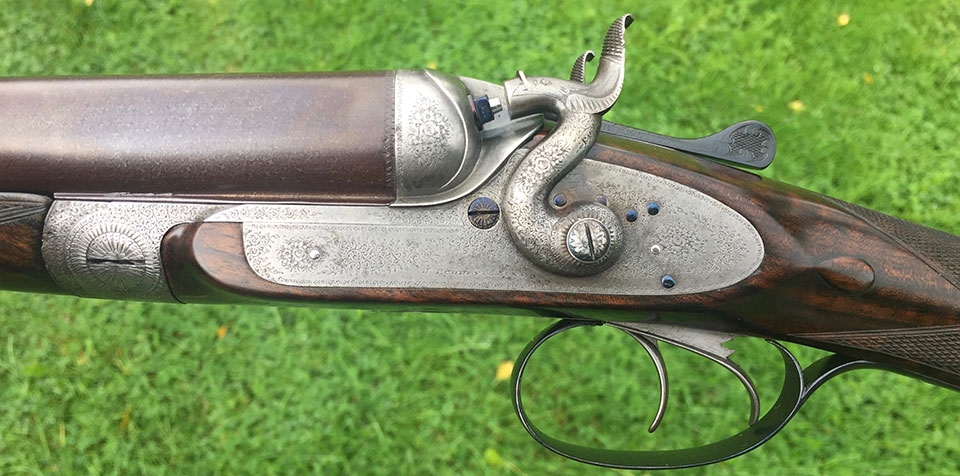
However, most guns that arrive after decades of mixed fortunes have a few issues. If you are planning to use your new find, rather than merely add it to a collection, you will need to take care of some wear and damage. It goes without saying that a full strip and clean of all the mechanical parts is important to ensure confident use and stress-free operation can continue.
The degree to which a restorer then applies himself to the rest of the gun is debatable. Worn drop-points can be sharpened, chequer can be refreshed, dents and scratches removed and a traditional oil finish re-applied. If done carefully, these procedures will subtly ‘lift’ the gun from looking a bit tired, to basking in apparent good health.
Furniture can be re-blacked, as can barrels. Worn engraving or lettering can be picked-up, by a good engraver, on the trigger guard and rib. But what of the action? Once cleaned off and re-assembled in good mechanical order, what can be done about the fact that the original case colours have mostly worn off and the action has ‘softened’ a little over the years, where edges have been rubbed, or a little corrosion has invaded?
In my opinion the locks and action are best left alone. Some restorers insist on a full re-case colour hardening of the lock-plates and action. I think it is a mistake. Now, restoration is a personal thing, but as a professional, my job is to guide the customer towards what I believe is tasteful work. If he doesn’t buy-in to my ideas, he is better off going elsewhere.
in my opinion the locks and action are best left alone.
For some, there is a desire to make an old gun look brand new. I suppose the aim is to have a vintage gun appear as good as if it were made today. The trouble is, it rarely works out that way.
What is colour case hardening?
The case-hardening process is intended to make the surface of the steel harder and more wear and water resistant, by heating it, with high-carbon items packed around it. The carbon from these materials (bone, leather, charcoal etc) migrates into the steel when it its heated to a high temperature, below the melting point of steel (obviously) and baked for a period of time. The longer it is heated, the deeper the hardening goes into the steel.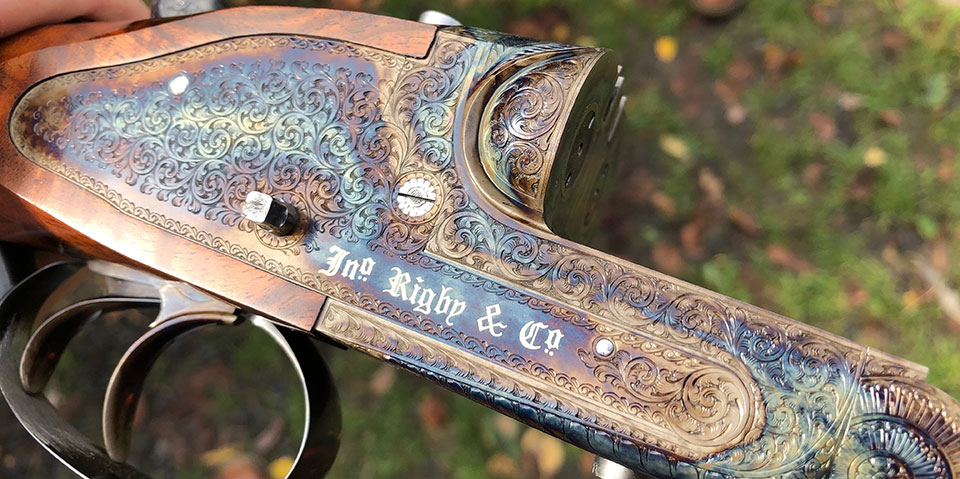
The process imparts striking colours to the hardened surface of the steel. In time, these colours wear off, leaving old guns with a familiar grey steel colour, or, bright silver, if they have been polished to what some refer to as a ‘coin’ finish.
What was the finish on mid-Victorian guns like?
Old guns that have barely seen any use can be examined to remind us of the original finishes applied back in earlier times. In the 1860s and ‘70s colours were generally darker and muted, with on apparent presence on top of the metal, they appear more as background sheen than as glossy over-finish. By the twentieth century, many guns had bolder, more paint-like case colours.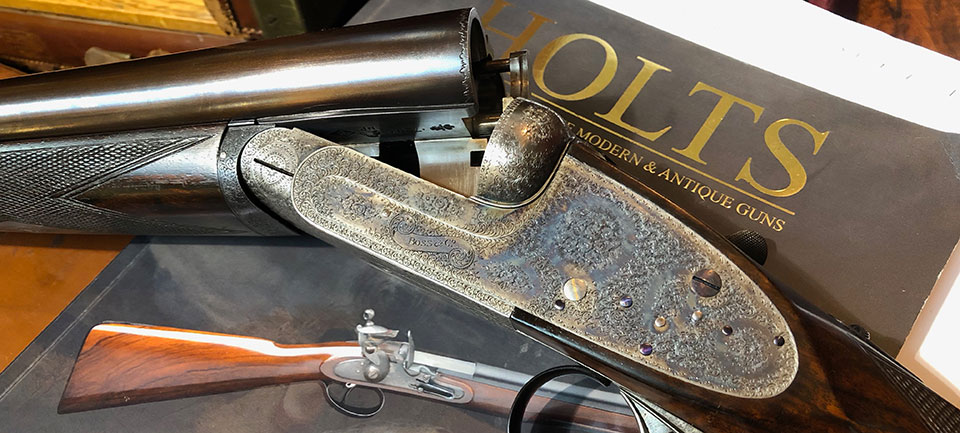
Why not re-apply what was there originally?
Case colour hardening does not just perform the cosmetic task of putting pretty colours on the surface of the metal. It alters it. After colour-hardening during the making of the gun, it then goes back to the finisher to re-assemble and adjust as necessary, to account for any movement in the metal parts which took place during the heating process.
Re-heating metal that was formed into gun parts over a century ago will alter the nature of the metal - possibly making it more brittle, as well as perhaps warping it to the point that the surfaces no longer fit quite as seamlessly as they once did.
Then there is the issue of soft engraving and worn surfaces; even spots of pitting. When you apply new colours over those, the gun looks terrible, almost as if you have put a coat of gloss paint on a table-top that you didn’t sand flat first.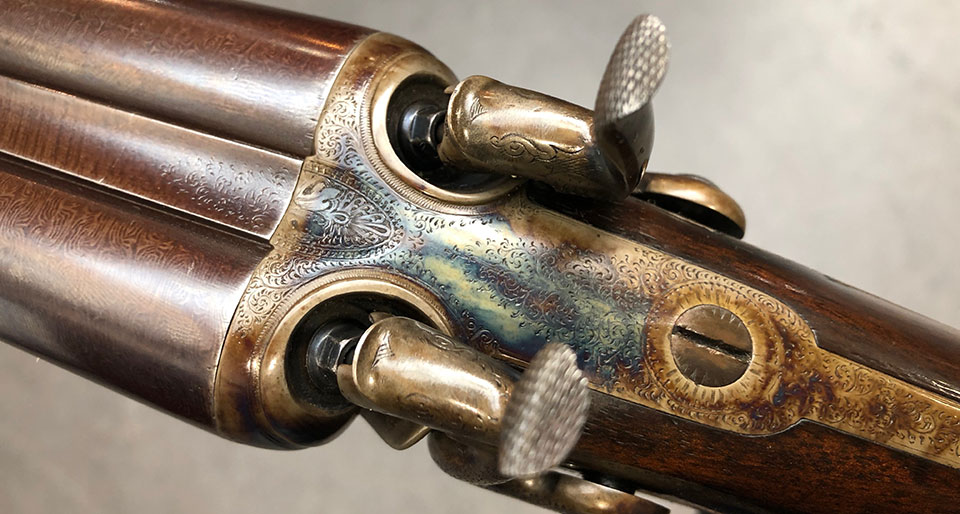
There are, of course exceptions to any rule and, occasionally, a gun does respond to skilful case colouring. To do so, the parts to be re-coloured need to be very crisp and sharp, the colours need to be suited to the type and age of the gun and, if carefully brushed back to leave a more subtle effect, the result can be attractive and effective. In reality, very few people manage to achieve this fine balance and I have seen more lovely old guns ruined by the process than I have seen improved.
Restoration is hard to get right. In my opinion, it should be subtle. New case colours just don’t have that essential subtlety.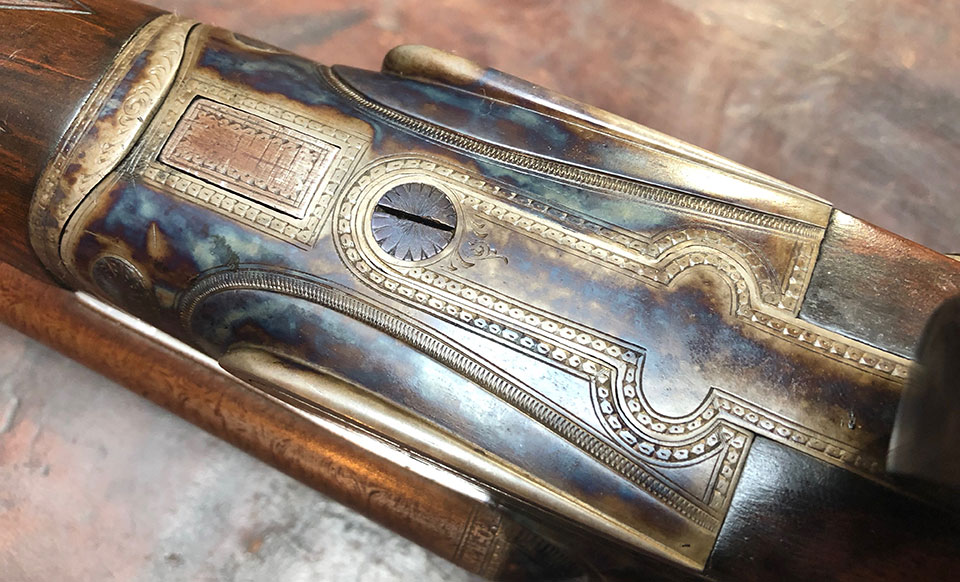
Published by Vintage Guns Ltd on (modified )



